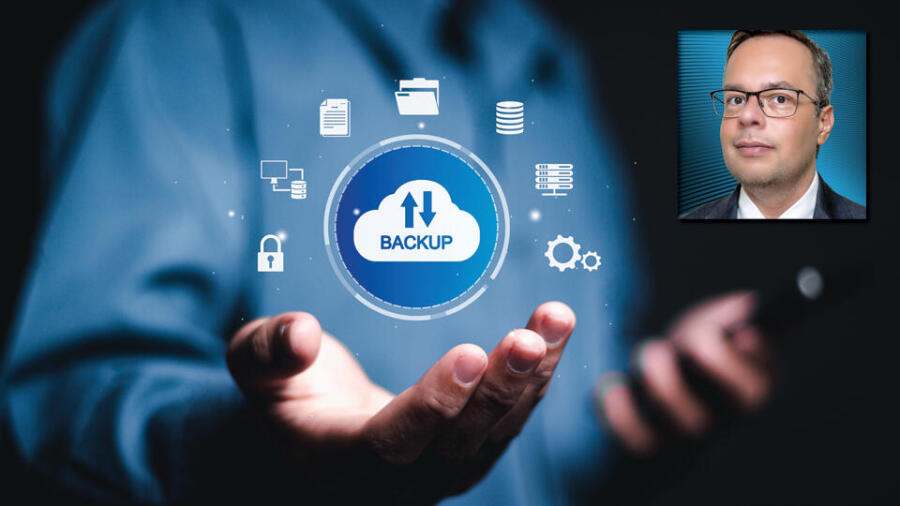During the global CrowdStrike outage that took place toward the end of July, a flawed software update brought air travel and electronic commerce to a grinding halt worldwide. This dramatically underscores the importance of having a backup plan in place for critical infrastructure. For creator-oriented businesses in the adult industry, redundancies in model payout systems can help mitigate the risk of downtime due to technical failures, cyberattacks or other disruptions.
Backup Plans Should Be Front and Center
Remember, the backup does not necessarily have to cost the same as your primary; it is there to keep your business running in the event of an emergency.
What can we learn from the Crowdstrike event? You will often hear me repeat the old adage, “Two is one, and one is none.” Bringing two pens can save you the embarrassment of having to interrupt an important meeting with “I’m sorry, my pen is out of ink. May I borrow one?” Having a backup for when your primary plan goes wrong applies to all aspects of life, but it is especially important in business. There are many areas where backups are crucial, including banking, merchant accounts and gateways, but in this article we will focus on payout solutions.
Assess Your Current Payout Setup
If you only have one payout partner, start looking for backups ASAP. To figure out what kind of backup best suits your business, start by taking a look at what you have. Compare the services you are currently utilizing with potential backup options, and make sure they offer what you need. That might include:
- Payout methods such as ACH, SEPA and wallet transfer.
- Support in regions such as Europe, Asia, Australia and Africa.
- Real-time processing as opposed to next-day.
Those are just a few examples; you are best qualified to determine what types of features or options apply to your business. What are your payout schedules? Once a month? Do you allow models to choose when they get paid? Do you have minimums? These are all things to consider when selecting a new payout partner.
Check the Sticker and Look Under the Hood
Additional features, functions, countries and reduced funding times are great, but only if they make sense for your business. Remember, the backup does not necessarily have to cost the same as your primary; it is there to keep your business running in the event of an emergency.
If you are not tech-savvy, ask your developer to look over the API (application programming interface) of a potential backup service and provide brutally honest feedback. How easy is it to integrate? Is it robust? Will it do what you need it to do? How easy or difficult would it be to “flip the switch” in the event of an outage? Would it be automatic?
Of course, even if you follow the steps above, it can be a difficult choice. With so many options available, how do you pick the right one? The first method is simply to ask around. Ask your colleagues which services they use and would recommend. The second is to rely on a trusted source with significant experience in the industry.
Integrate and Go Live
Once you have all the facts and make the decision, it is time to integrate, test and go live. It is best to start with a pilot program, putting just a handful of payees through the “know your customer” process on the backup platform. I recommend picking a few from each region in which you pay out, so you and your team can familiarize yourselves with the admin portal, timelines and how it all works. That way, when the time comes to switch to a backup provider, you hit the ground running and your business does not miss a beat.
Utilizing two services that do the same thing on entirely different platforms provides a safety net, ensuring maximum uptime for payout systems. This is vital in order to maintain user trust and satisfaction, and to make sure your business can continue to operate regardless of what life throws your way.
Jonathan Corona has two decades of experience in the electronic payments processing industry. As chief operating officer of MobiusPay, Corona is primarily responsible for day-to-day operations as well as reviewing and advising merchants on a multitude of compliance standards mandated by the card associations, including, but not limited to, maintaining a working knowledge of BRAM guidelines and chargeback compliance rules defined in both Visa and Mastercard operating regulations.







